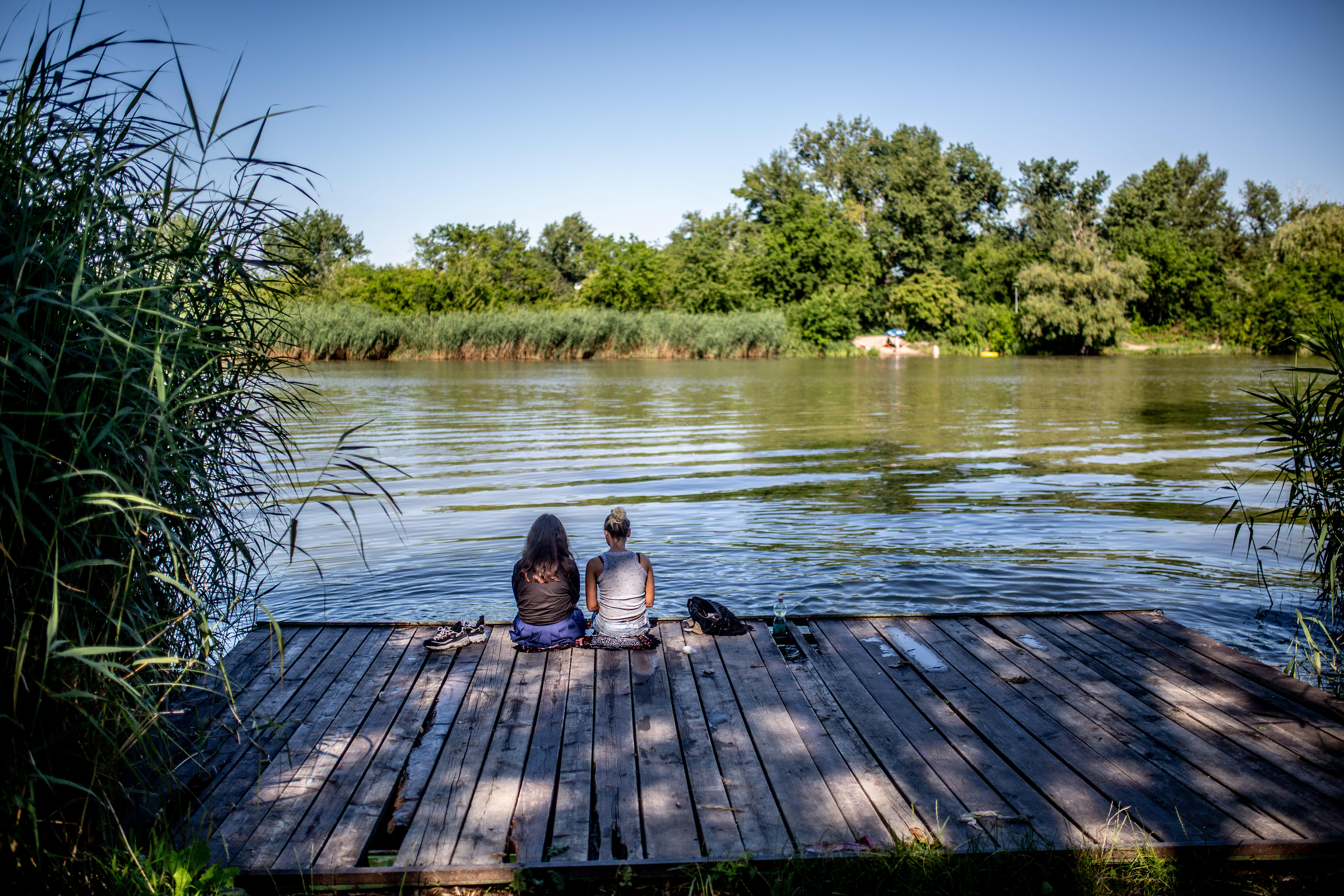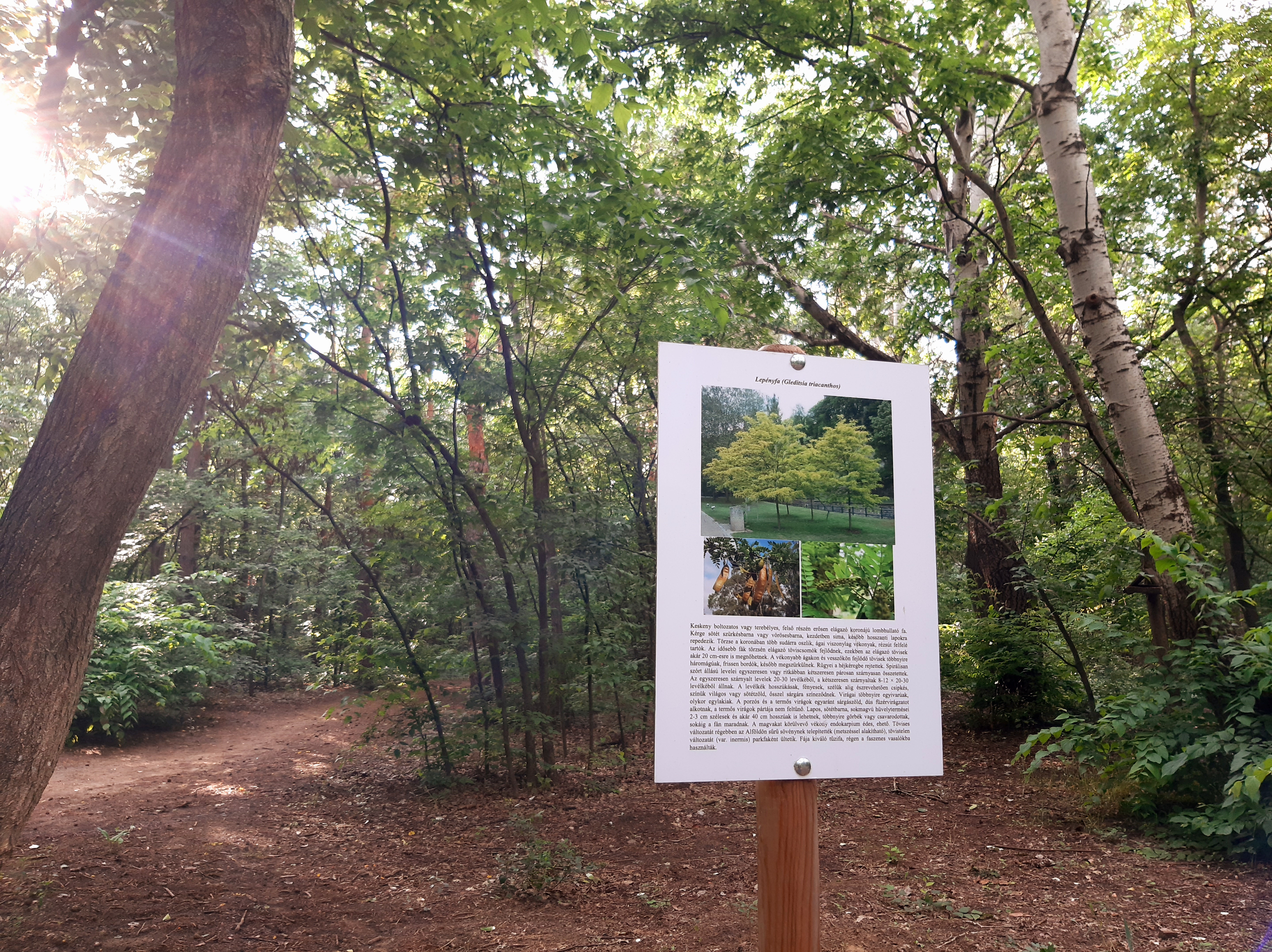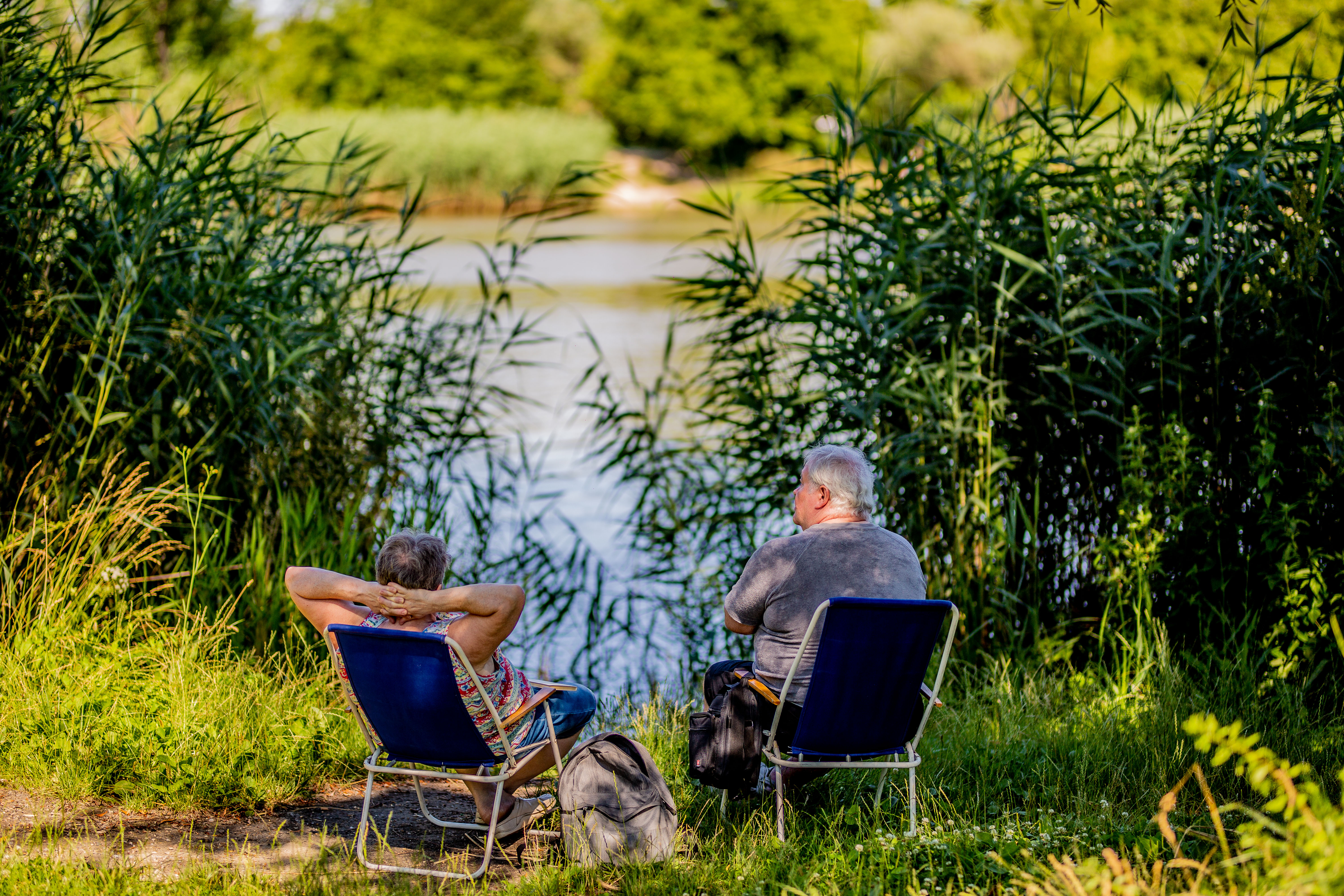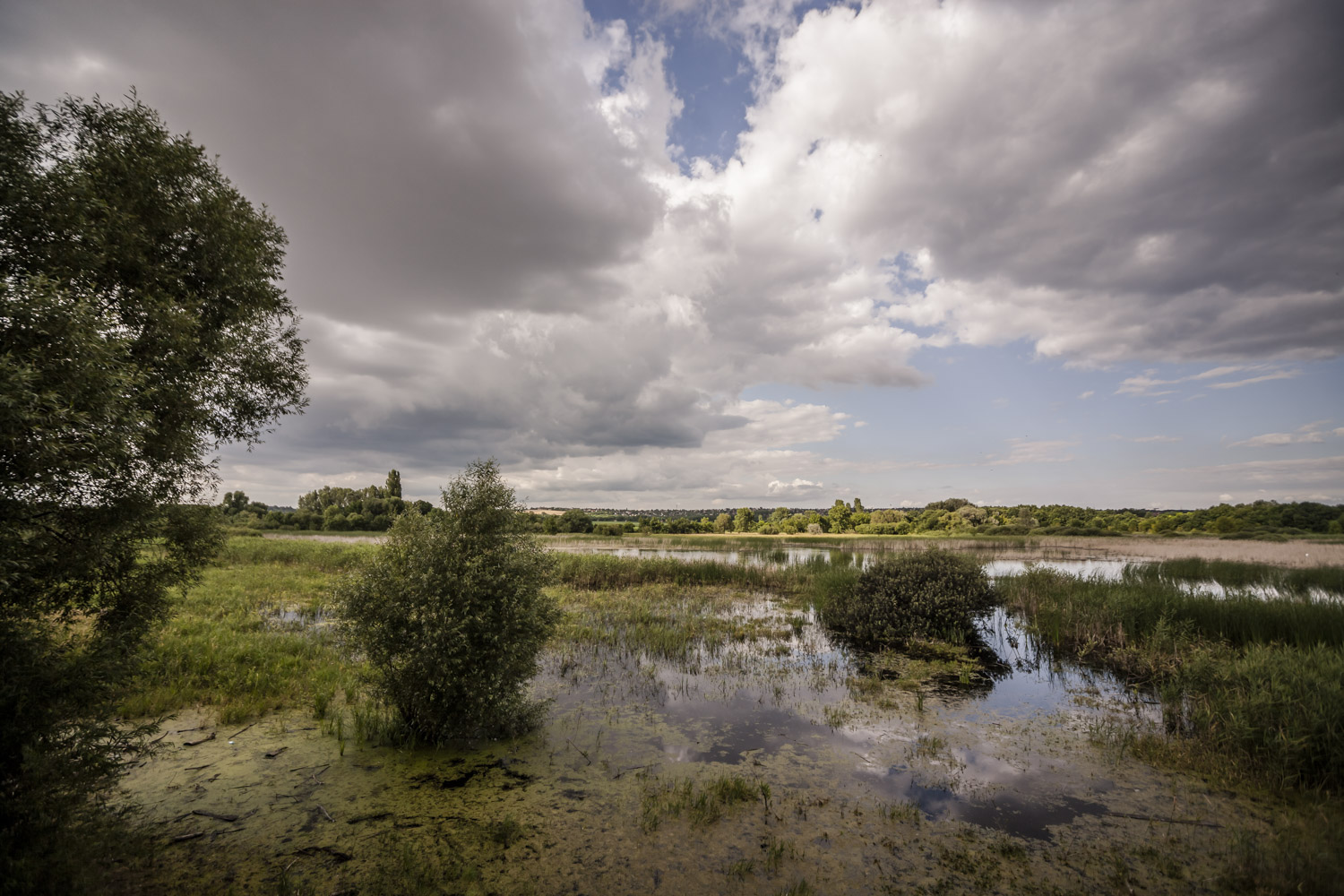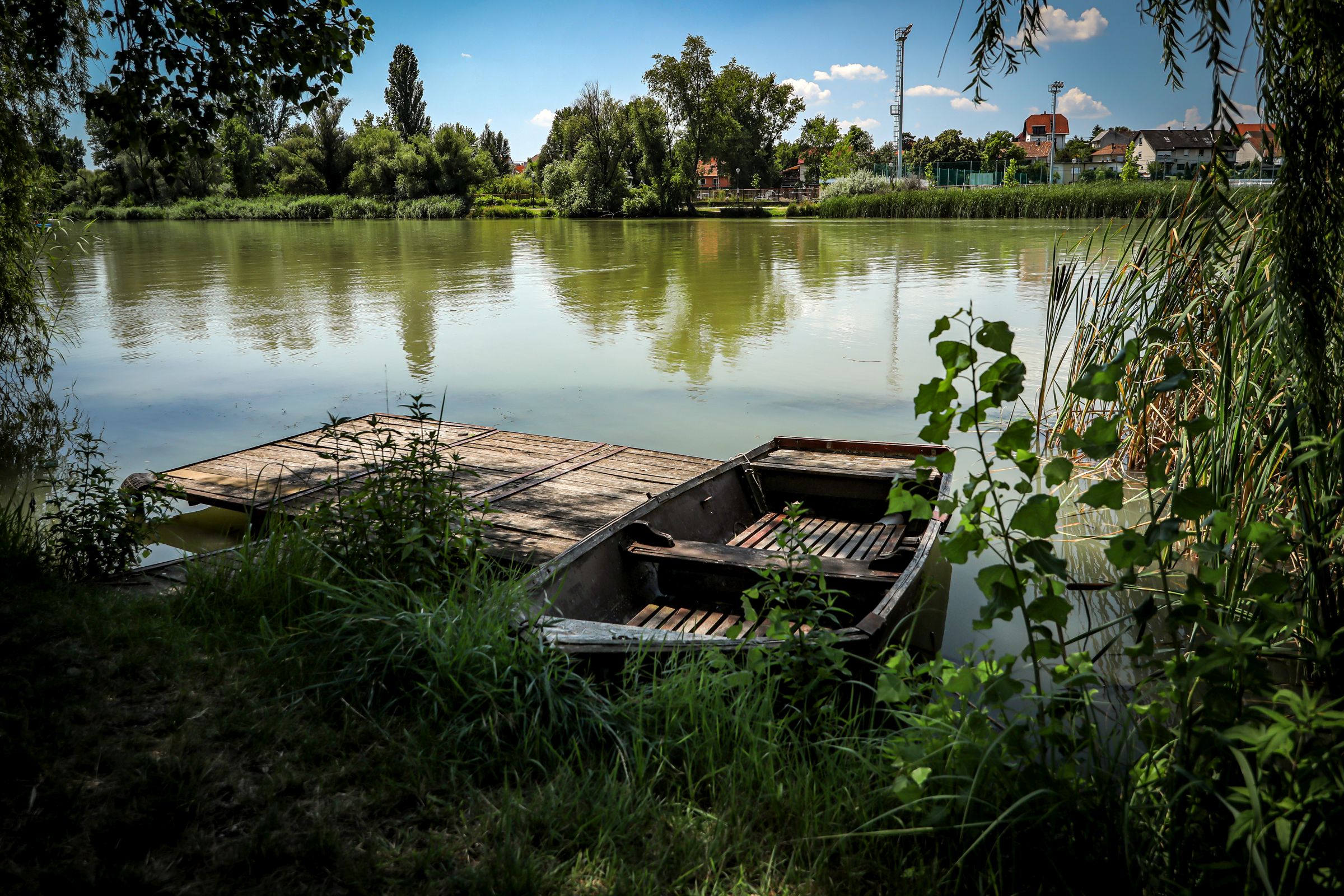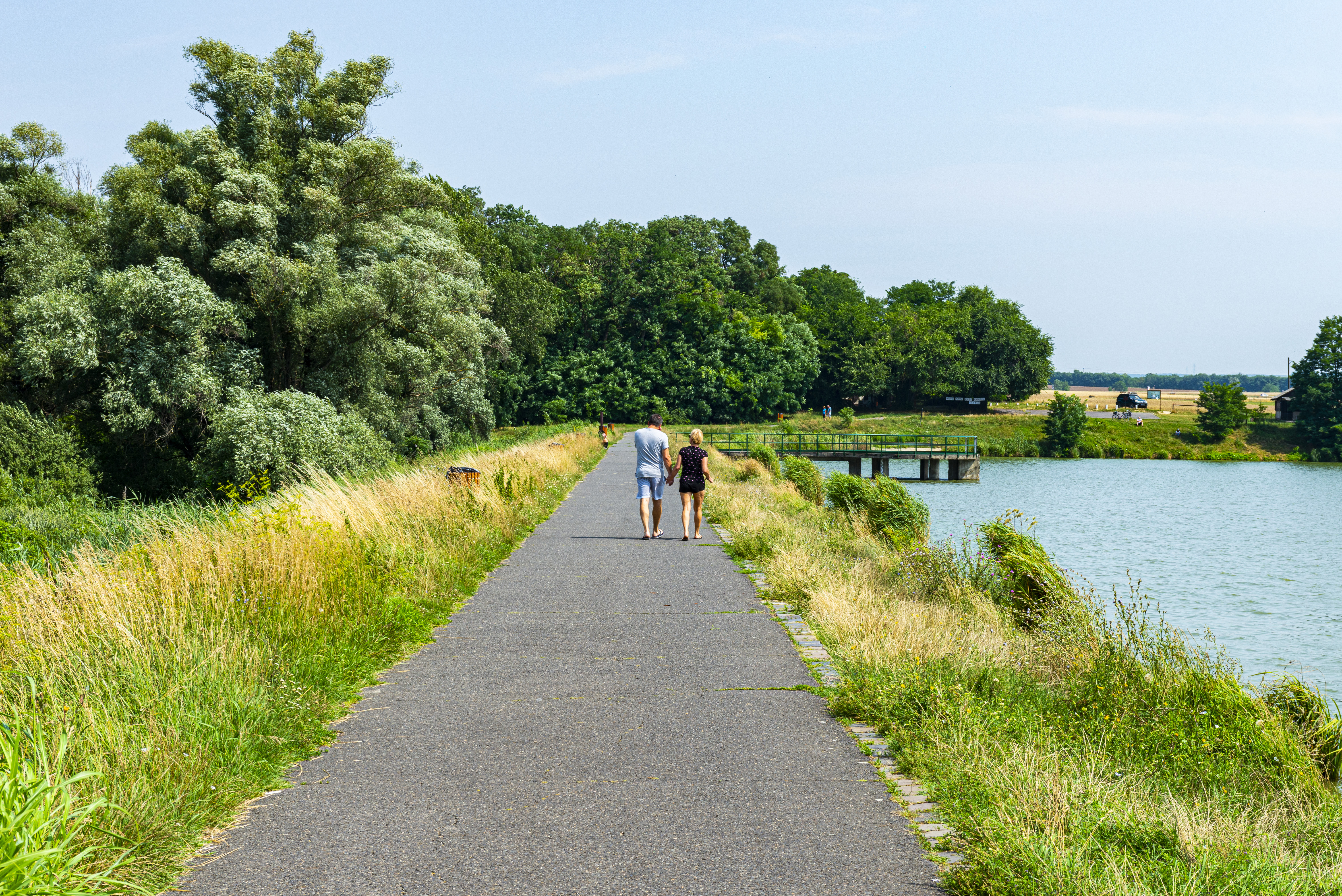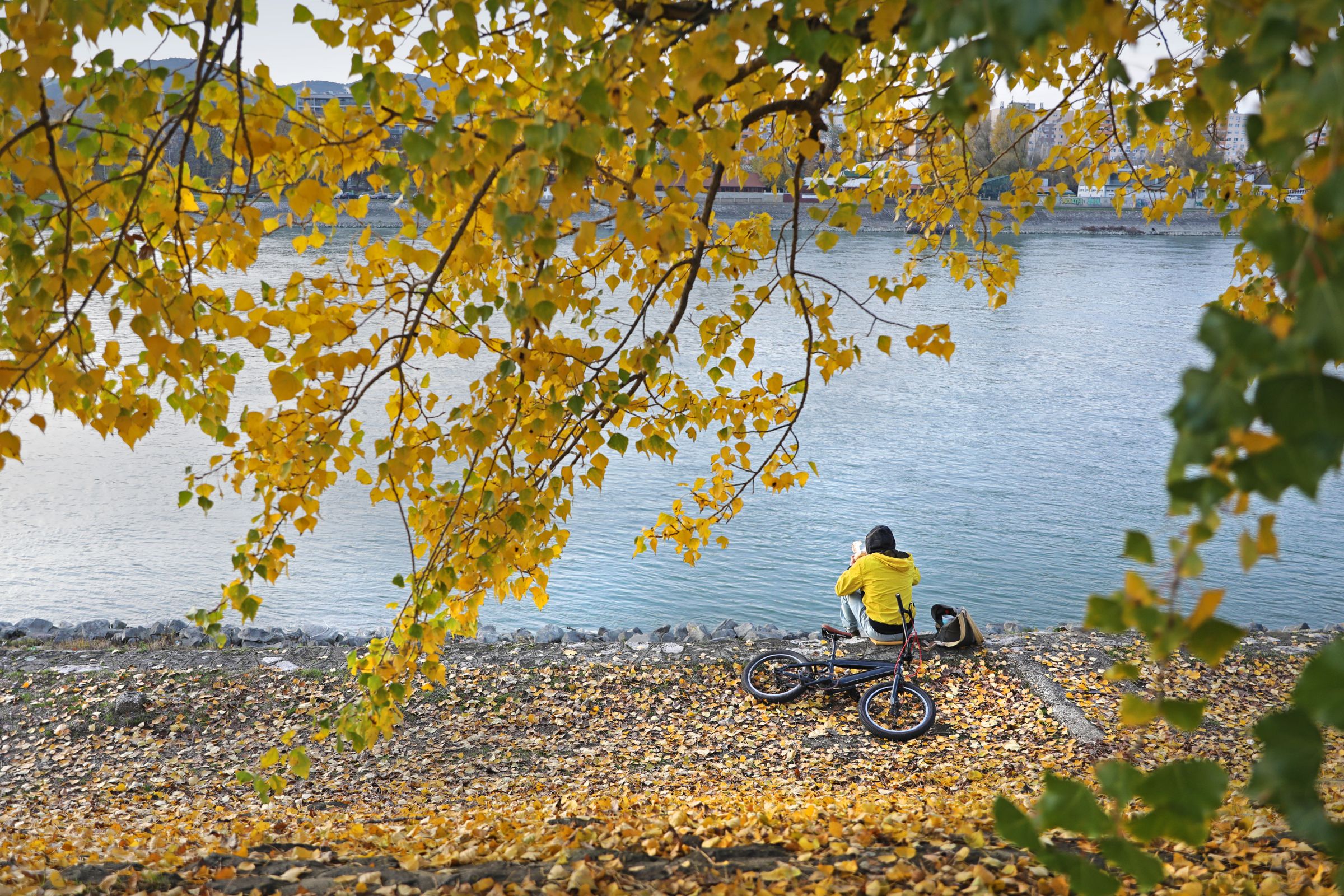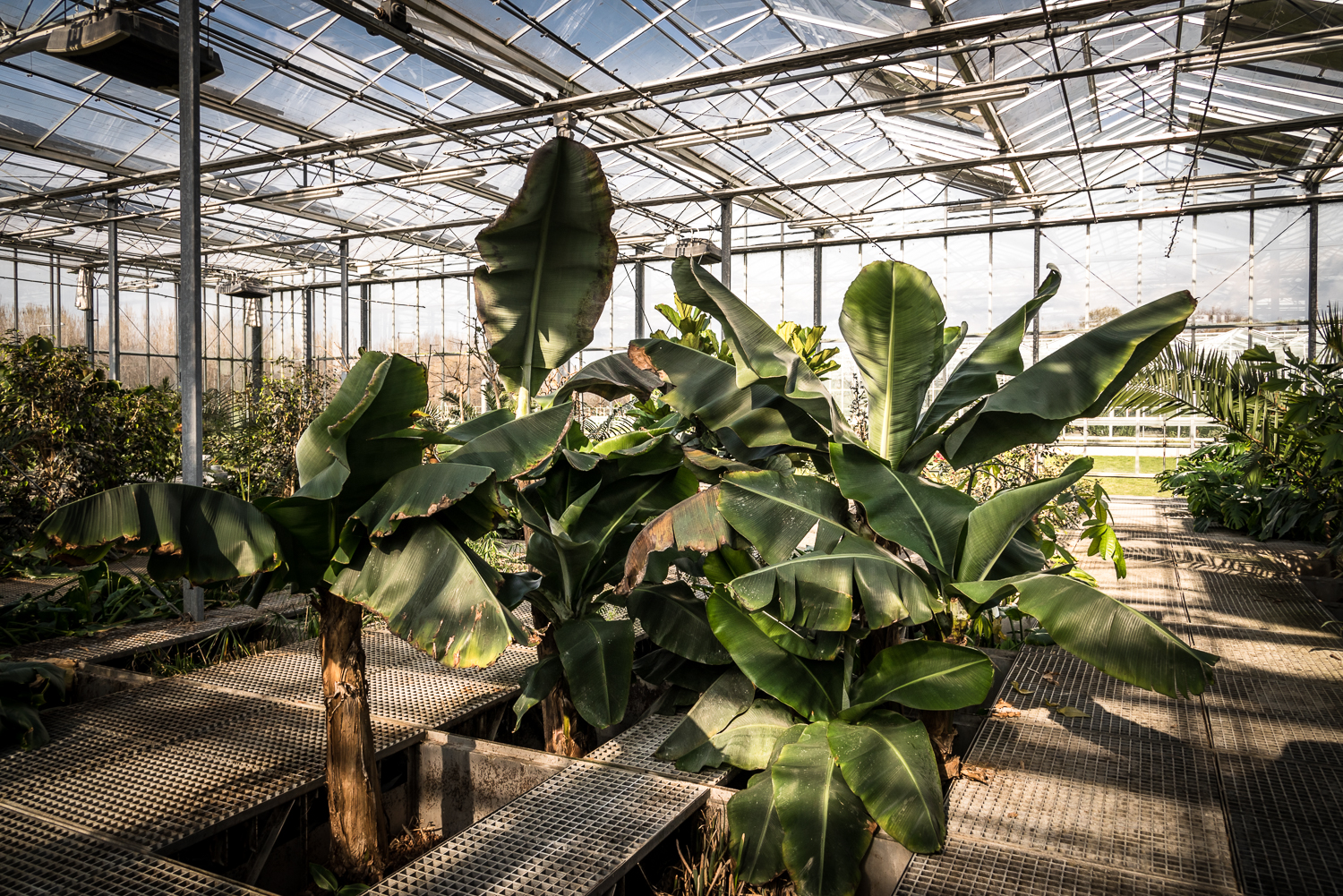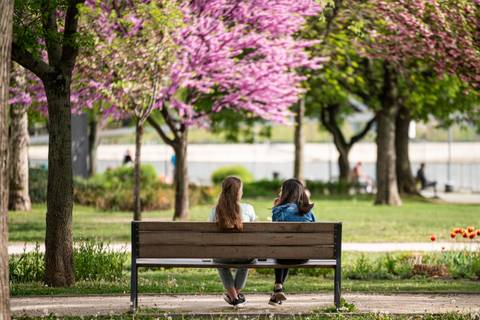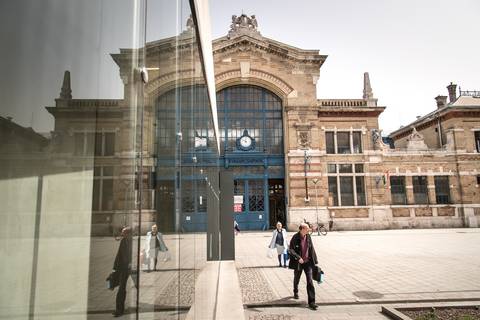Buda might have its slopes, hills and panoramic views but Pest has no shortage of green areas surrounded by nature. Here are seven suggestions for great walks or cycle rides.
3/7
Merzse-mocsár
In distant District XVII in east Pest, the Merzse swamp is a nature reserve and one of the few remaining wetlands in the capital. In fact, Merzse, located near the airport, is the last real swamp in Budapest. In dry weather, from the presence of reeds and sedges, you can work out where you’re going – its true face in spring, autumn and rainy weather is depicted by a countryside of marshes and birdsong, best explored along a nature trail of sic kilometres. Pheasants, deer and rabbits are not uncommon, nor marsh turtles or protected bird species, including western marsh harriers and great bitterns. You can reach it via Rákoskert train station by train then walk along the dirt road to the swamp.
5/7
Naplás
An ideal cycling destination is the Szilas-pataki flood protection reservoir in District XVI by Cinkota, especially since you can also cycle along the shores of the Szilas stream all the way to the lake – a five-kilometre path that offers attractive views, bird-watching spots and playgrounds. Lake Naplás is the largest expanse of still water in the capital and one of the richest nature reserves: forget food kiosks, stalls, strudel or other treats, but nearly 150 bird species from long-tailed tits to long-eared owls, protected plants from ostrich ferns to common cottongrass, sizeable and protected fish in waters where bathing is prohibited and, in the swampy part of the lake, marsh turtles. Soon you’ll be able to admire the countryside from above, because the Pilisi Parkerdő authority which oversees the reserve are planning to build a lookout tower. For those not cycling here, take buses 46 or 146.
6/7
Népsziget
On the borders of Districts IV and XIII, opposite Római part, lies Mosquito Island, as it is commonly referred to. Various service providers and a couple of trendier eateries have appeared here in recent years, yet it still retains its shabby and wild charm, not bad good thing knowing the pace of modern development. Life unfolds in beautiful silence, with original elements still in place. The former Mahart industrial estate is still occupied by businesses, and there is also a riding school, dog school and goat farm on the island, not to mention water sports associations. You can walk, cycle, jog, dog-walk or sunbathe in peace, undisturbed in the great green outdoors, close to the centre of urban Újpest.
